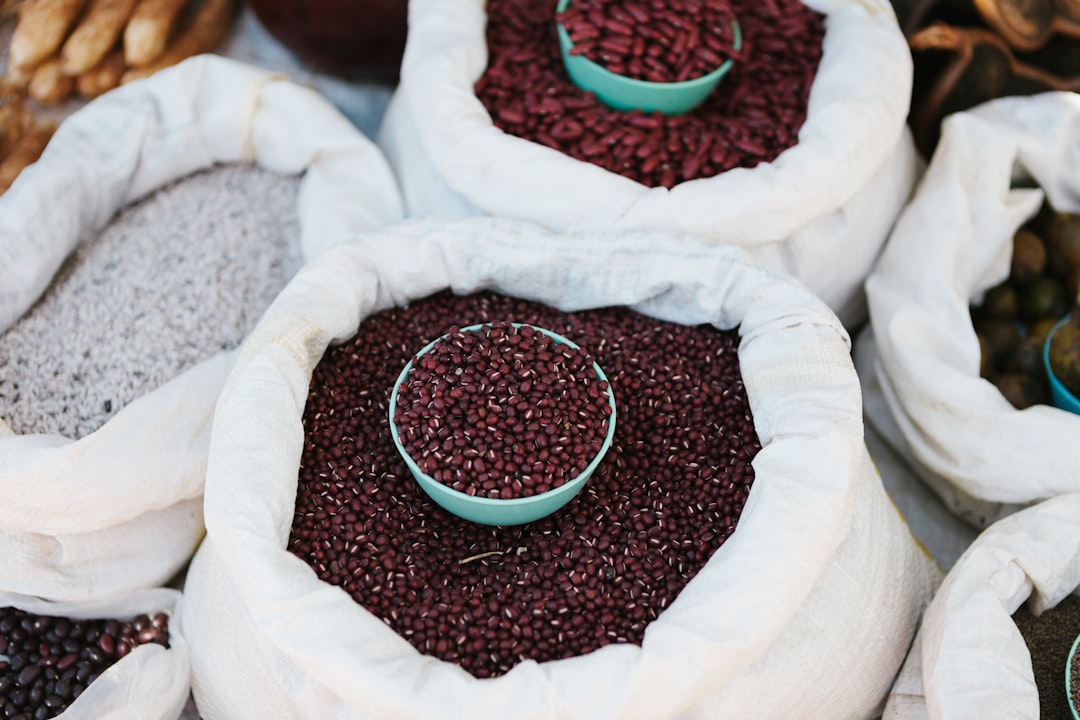What is it about?
The effect of wheat bran dietary fibre (WBDF) on the texture and extensional properties of gluten (G) as well as gluten-starch (G+S) doughs were investigated. Texture analysis revealed an increasing hardness of WBDF-enriched doughs, ascribed to the gradual formation of intermolecular hydrogen bonds and weakened aggregation behaviour of gluten proteins. Extension results showed that G and G+S systems exhibited growing extension resistance thanks to the strengthened strain-hardening capacity induced by WBDF. On the other hand, the WBDF accelerated the rupture of the gluten network and led to a downtrend of dough extensibility by increasing the friction with gluten branches and impairing the uniformity of the network structure. The findings indicate the possible impairment of the dough texture properties upon the addition of WBDF. Accordingly, for bran-enriched flour products, the pretreatment with branlike particles leading to size reduction, softening or solubility improvement may be advantageous.
Featured Image

Photo by Tijana Drinic on Unsplash
Why is it important?
The determination of the WBDFinduced tensile and texture properties of doughs is of great importance to study and evaluate the quality of the final products. Moreover, additional underlying interactions between DF and gluten matrix should be investigated to further understand the possible factors that induce the rheological properties changes.
Perspectives
For bran-enriched flour products, the pretreatment with bran-like particles leading to size reduction, softening or solubility improvement may be advantageous.
Sen Ma
Henan University of Technology
Read the Original
This page is a summary of: Rheological properties of gluten and gluten-starch model doughs containing wheat bran dietary fibre, International Journal of Food Science & Technology, June 2018, Wiley,
DOI: 10.1111/ijfs.13861.
You can read the full text:
Contributors
The following have contributed to this page










